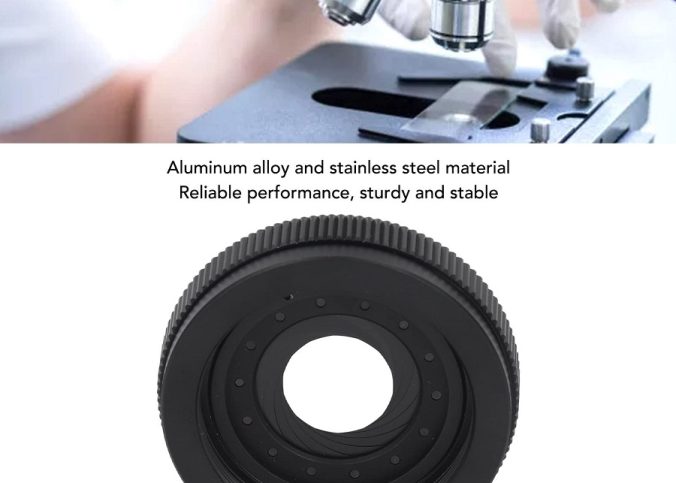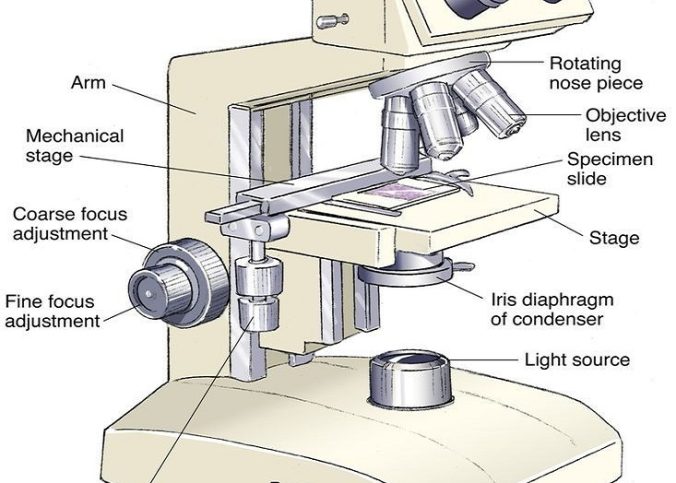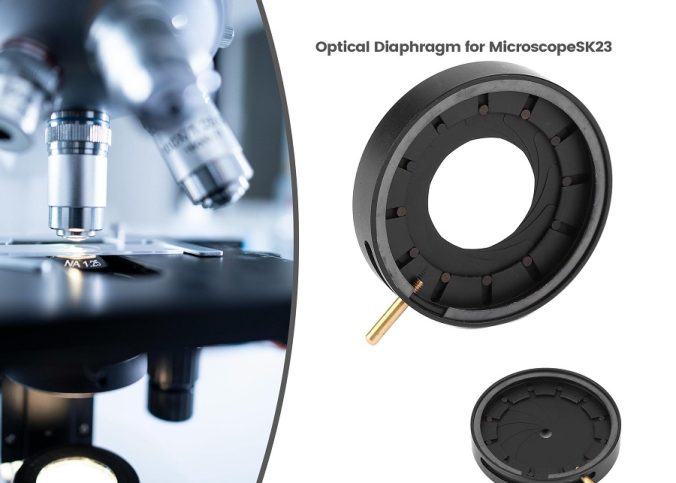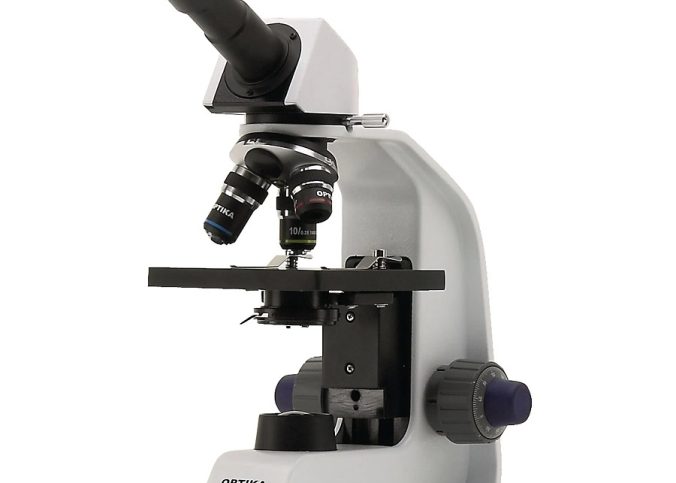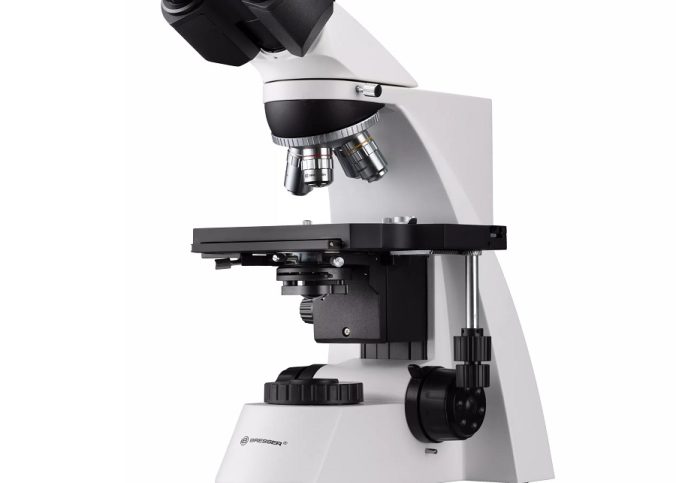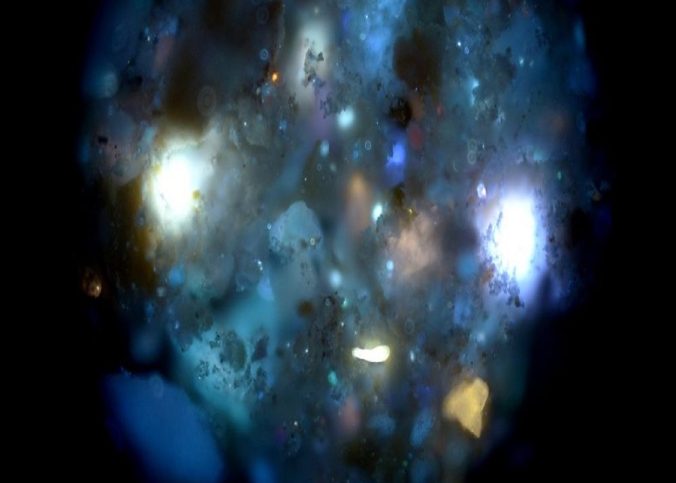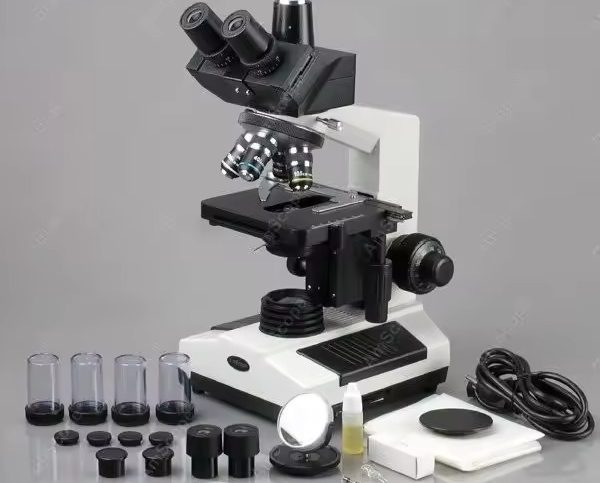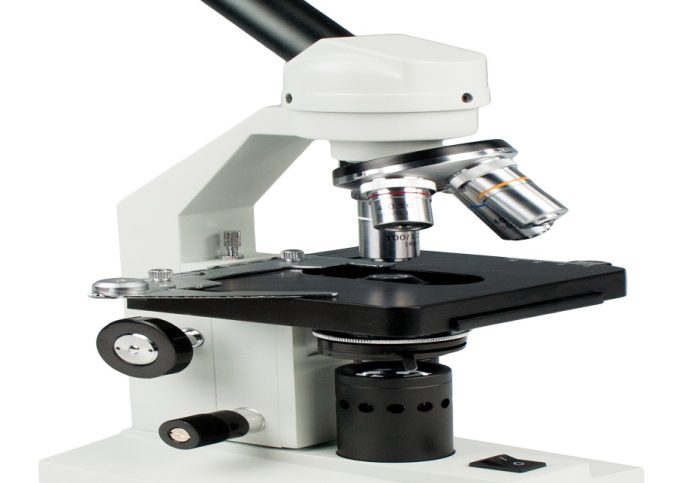Introduction to Plant Microscopy The microscopic world of plants holds many secrets. Viewing grass under a microscope reveals intricate structures invisible to the naked eye. Scientists and hobbyists use plant microscopy to study these details. It offers insights into how…
Tag: electronic equipment
Introduction to Diaphragm Microscopes When we dive into the world of microscopy, understanding the diaphragm microscope function is key. A diaphragm in a microscope is a device that controls the amount of light that reaches the sample. This light control…
Introduction to Microscope Components Understanding the parts of a microscope is essential for any user. A microscope has many components, each with a critical role in observation. In this visual guide, we’ll explore each of these microscope labeled parts in…
Introduction to the Iris Diaphragm The iris diaphragm is a key component of a microscope. It plays a crucial role in controlling the amount of light passing through the specimen. Much like the aperture in a camera, this mechanical feature…
Introduction to Microscopy Microscopy allows us to see the unseen. It’s a tool that magnifies minute details of tiny objects. How to use a microscope begins with understanding what it is. A microscope is an instrument that enlarges small objects….
The Basics of Viral Structure and Function Understanding viruses begins with a grasp of their basic structure and function. At their simplest, viruses consist of genetic material wrapped in a protein coat called a capsid. This structure can vary among…
An Introduction to Butterfly Morphology Before we delve into the intricacies of a butterfly face under the microscope, let’s understand butterfly morphology. Simply put, morphology is the study of the form and structure of organisms. In butterflies, this includes their…
Introduction to Cremation Ashes Cremation transforms the remains of loved ones into ashes. These ashes, when viewed under a microscope, reveal fascinating patterns. Cremation is a process where high heat reduces a body to its basic elements. The result is…
Introduction to Euglena Euglena are single-celled organisms that inhabit freshwater environments. These microscopic life forms are notable for their versatility. They can harness energy from the sun through photosynthesis, much like plants, due to their chloroplasts. Yet, they can also…
Introduction to the Compound Light Microscope The journey to exploring the microscopic world begins with understanding the compound light microscope. This remarkable tool has revolutionized biology, allowing us to delve into the cellular level of life. A compound light microscope…

